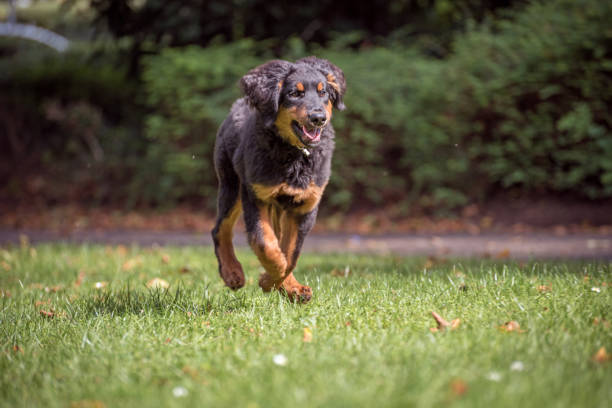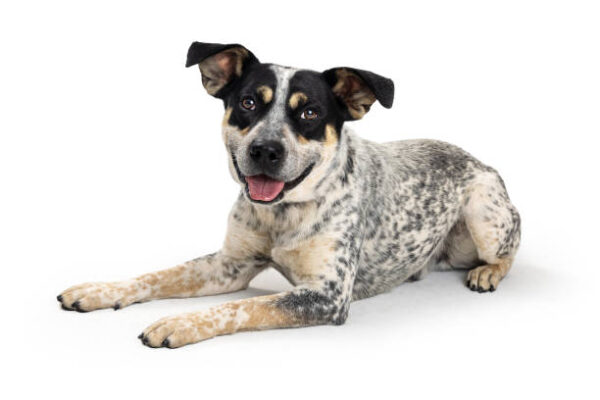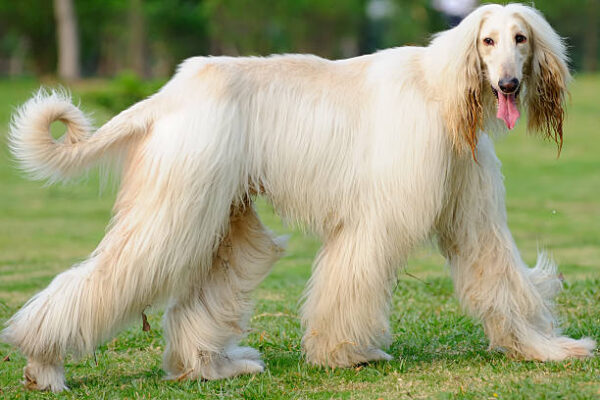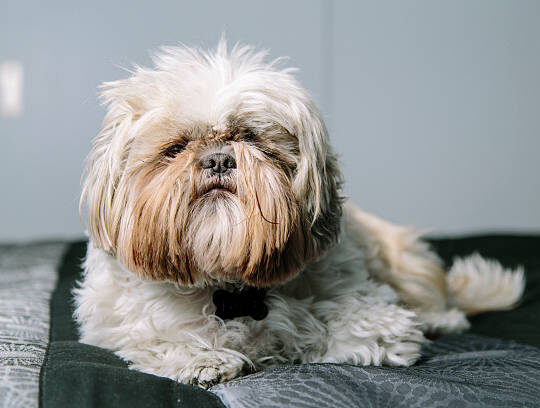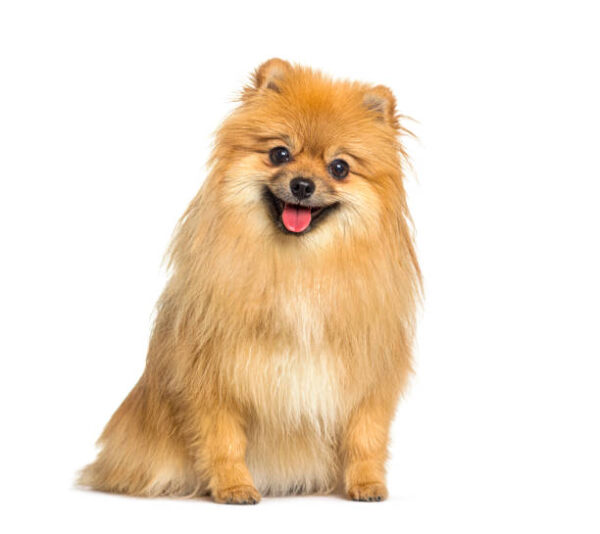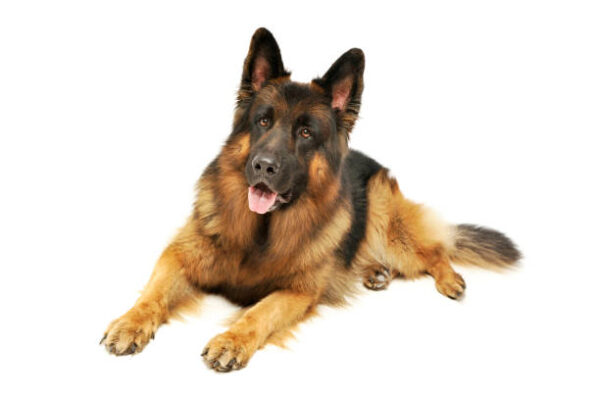Your cart is currently empty!
Hovawart
Hovawart Hovawart: The breed’s function is explained in the German words ‘hof’ meaning farm or homestead and ‘wart’ meaning to guard and the breed is mentioned in German chronicles as far back as the Middle Ages. By the start of the 20th Century the breed was almost extinct but was resurrected by enthusiast Kurt König […]
Description
Hovawart
Hovawart: The breed’s function is explained in the German words ‘hof’ meaning farm or homestead and ‘wart’ meaning to guard and the breed is mentioned in German chronicles as far back as the Middle Ages. By the start of the 20th Century the breed was almost extinct but was resurrected by enthusiast Kurt König who found some dogs surviving in isolated areas and used these as the basis for his breeding programme. Some believe that König added some different blood to re-invent the breed but nevertheless the German Kennel Club recognised the Hovawart in 1936.
General appearance of Hovawart
Powerful, medium size dog, slightly longer than high. Long haired with weather-resistant coat. Free from exaggeration. Noticeable difference between dogs and bitches.
Characteristics
Versatile, companion and working dog. Adaptable, devoted, self-confident, agile and resilient.
Temperament
Kind and even temperament, loyal, self-assured, courageous, tolerant and composed, without nervousness or aggression.
Head and skull
Clean head with moderately broad skull. Length from occiput to stop equal to length from stop to nose. Width and length of skull approximately equal. Viewed in profile, foreface straight and parallel to skull. Stop moderate though clearly defined. Strong, deep muzzle, tapering slightly. Well-developed nostrils.
Eyes
Oval, medium sized. Dark to medium brown, toning with pigmentation. Alert and intelligent expression.
Ears
Triangular, with gently rounded tips and hanging loosely. Set medium to high, increasing apparent breadth of skull. Length reaching to the corner of the mouth, front edges positioned approximately midway between eye and occiput tip. Carried slightly forward when alert.
Mouth
Tight lips. Full dentition with scissor bite i.e. upper teeth closely overlapping lower teeth and set square to the jaws. Pincer bite tolerated.
Neck
Strong, medium length, no dewlap.
Forequarters
Strong, well muscled. Shoulders long and well laid back. Upper arms long and lying close to the body, elbows fitting close to the chest. Forearms straight, viewed from any angle. Pasterns moderately sloping when viewed from the side.
Body
Well balanced. Slightly longer from point of shoulder to point of buttocks than height at withers. Strong topline, level from withers to croup. Slightly sloping croup of moderate length. Chest strong, deep and broad. Foreribs relatively flat, allowing elbows freedom of movement, but ribs increasingly well sprung from behind the elbows. Deep brisket. Strong loin. Moderate tuck up.
Hindquarters
Wide, powerful and well muscled. Well angulated without exaggeration. Second thigh wide and very well muscled. Legs straight when viewed from behind. Hocks strong and well let down.
Feet
Roundish, strong, compact with well-arched toes. Pads thick and strong.
Tail
Bushy, reaching below the hocks but not to ground. When standing, hangs down. Raised over the back when alert or moving.
Gait/movement
Effortless, ground covering gait, straight and true. Good reach and drive.
Coat
On the body, the coat is long but not excessively so. Dense, straight or slightly waved and close lying, with sparse undercoat. Short on head and front of legs, longer on the chest, belly, the rear of forelegs, back of thighs and tail.
Colour
Black: Deep, shining black without rustiness. A few white spots on chest and a few white hairs on toes and tip of tail are permissible. Black pigmentation on eye rims, lips and pads.
Blonde: Medium shade of blonde, shiny and becoming lighter towards the legs and belly. A few white spots on chest and a few white hairs on toes and tip of tail are permissible. Black pigmentation on eye rims, lips and pads. Snow nose acceptable.
Black/gold: Deep, shining black, without rustiness, with medium blonde markings clearly defined as follows:
- A spot over each eye
- On cheeks
- As a strip around each side of muzzle but not on bridge of nose
- On throat
- Two clear patches on either side of breastbone which may be joined
- On forelegs the colour runs from toes to wrists with colour up the backs of the forearms extending to the elbows
- On the hindlegs the colour runs from toes to hocks extending up the inside of the legs, seen from the side as a narrow stripe up the front of the leg reaching to stifle and belly
- Under tail
A few white spots on chest and a few white hairs on toes and tip of tail are permissible. Black pigmentation on eye rims, lips and pads.
Size
Height: dogs: 63-70 cms (25-27½ ins); bitches: 58-65 cms (23-25½ ins). Weight: dogs: 30-40 kgs (66-88 lbs); bitches: 25-35 kgs (55-77 lbs).
Faults
Any departure from the foregoing points should be considered a fault and the seriousness with which the fault should be regarded should be in exact proportion to its degree and its effect upon the health and welfare of the dog and on the dogs ability to perform its traditional work.
Note
Male animals should have two apparently normal testicles fully descended into the scrotum.
